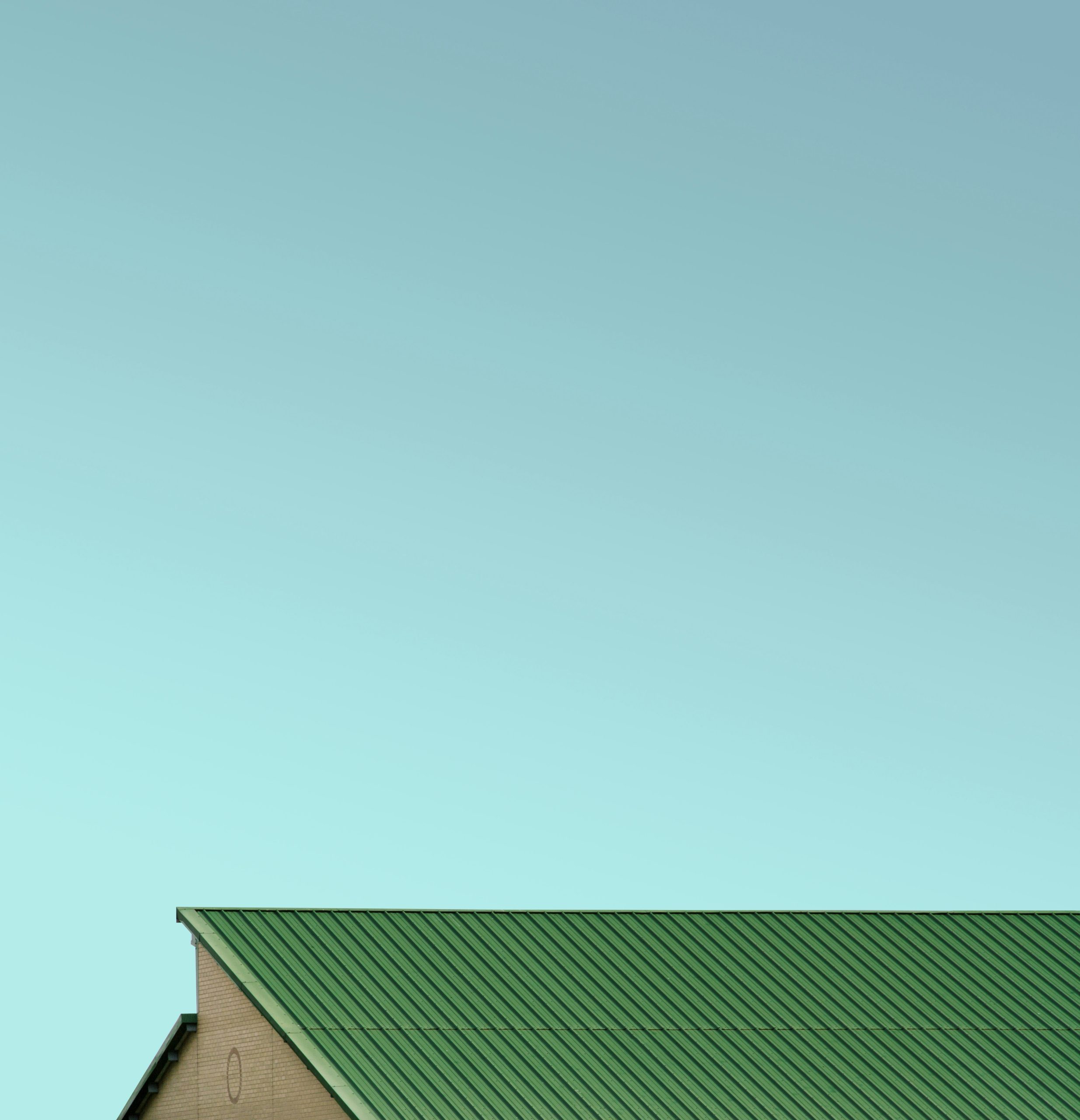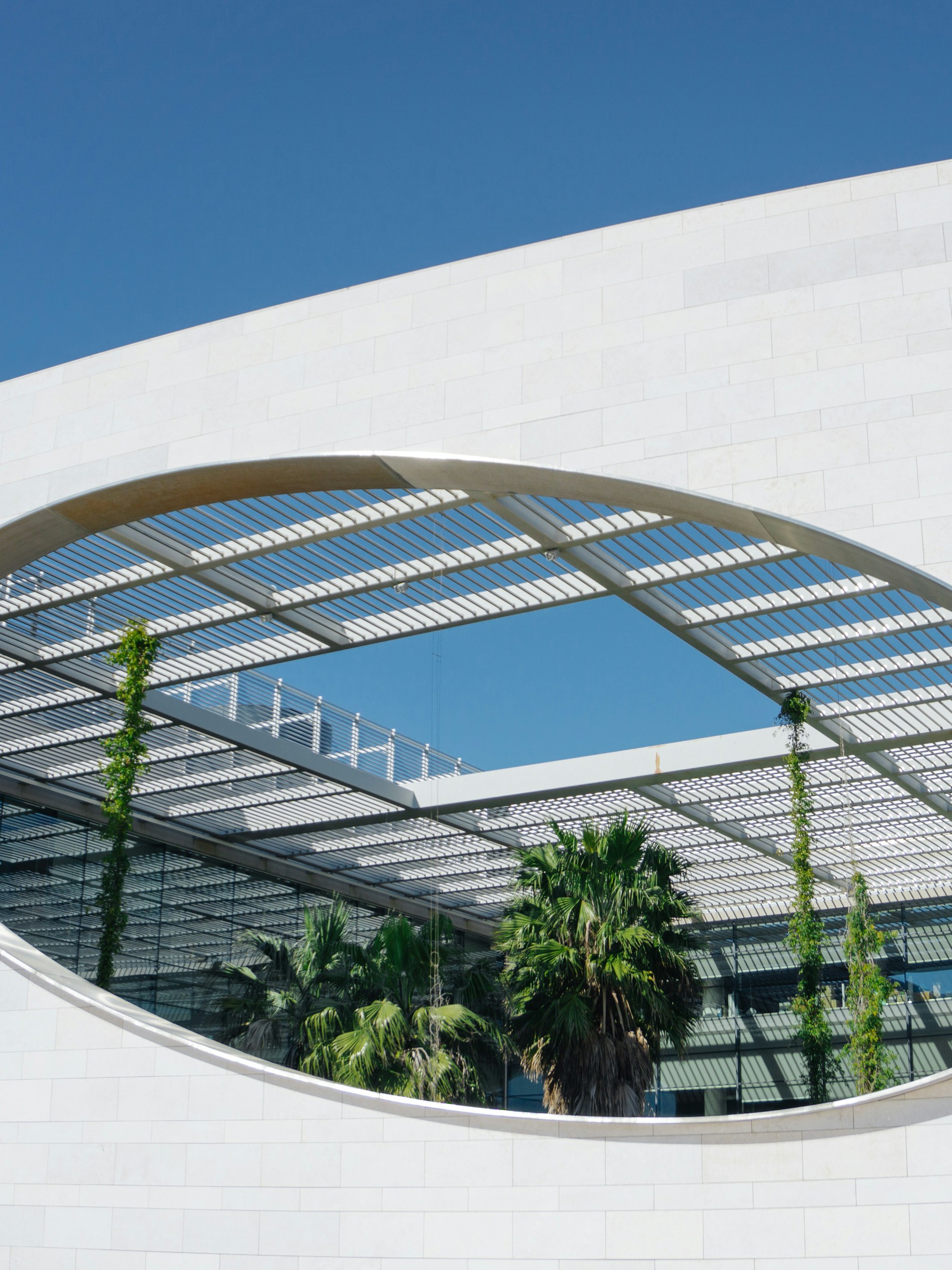Exploring the Benefits of Green Roofs
In our ever-growing urban environments, green roofs are emerging as a breath of fresh air—both literally and figuratively. Together, we delve into the myriad advantages these living roofs provide, from reducing energy costs by acting as natural insulators to enhancing urban biodiversity. They help manage stormwater, improve air quality, and offer much-needed green space in concrete jungles. Through our exploration, we’ll uncover how adopting green roofs can lead to a healthier, more sustainable future for all of us. Have you ever wondered what the benefits of green roofs are? Well, you’re in the right place! Join us as we dig into the fantastic world of green roofs and uncover how they can revolutionize our urban landscapes. From environmental advantages to economic savings, we’ll explore a multitude of reasons why green roofs are gaining popularity around the globe.

What Are Green Roofs?
Before diving into the benefits, let’s define what we mean by green roofs. Simply put, green roofs are surfaces that are partially or completely covered with vegetation and a growing medium, planted over a waterproof membrane. They often include additional layers such as root barriers and drainage systems. Green roofs can be either extensive, featuring shallow soil and low-maintenance plants, or intensive, which have deeper soil and can support a wider variety of plants, even small trees.
Different Types of Green Roofs
Understanding the different types of green roofs can help us appreciate their diverse applications and benefits.
| Type | Description | Suitable For |
|---|---|---|
| Extensive | Lightweight, shallow soil (2-6 inches), low-maintenance plants like moss and sedum | Residential projects, smaller commercial buildings |
| Intensive | Heavier, deeper soil (6 inches – several feet), can support diverse plants including shrubs and trees | Urban parks, large commercial buildings |
| Semi-Intensive | A combination of extensive and intensive, with medium soil depth and moderate maintenance | Versatile for both small and large projects |
Environmental Benefits
Improved Air Quality
One of the standout benefits of green roofs is their ability to improve air quality. Plants act as natural air filters, absorbing pollutants and releasing oxygen. This can significantly reduce the number of harmful airborne particles, making urban environments healthier for all of us.
Reducing Urban Heat Islands
Urban areas often experience higher temperatures than their rural counterparts, a phenomenon known as the Urban Heat Island (UHI) effect. Green roofs help mitigate this by producing shade and through the evapotranspiration process, where plants absorb and then release water, cooling the air in the process. By integrating more green roofs, we can help cool our cities and make them more livable.
Data on UHI Reduction
Studies have shown that green roofs can reduce surface temperatures by up to 40°F (22°C) and lower the ambient air temperature by 5°F (3°C). This cooling advantage extends beyond the buildings themselves to the surrounding areas, offering a broader range of climate control.
Enhanced Biodiversity
Urbanization often leads to the loss of natural habitats, but green roofs can counteract this trend by creating mini-ecosystems. These roofs provide a haven for various insects, birds, and plant species, contributing to increased urban biodiversity.
Types of Species Supported
| Type of Organism | Example Species | Benefits |
|---|---|---|
| Birds | Sparrows, finches | Pest control, seed dispersion |
| Insects | Bees, butterflies | Pollination |
| Plants | Native wildflowers, grasses | Erosion control, aesthetic and habitat value |
Economic Savings
One of the lesser-known benefits of green roofs is their potential for economic savings. We might not initially think of plants and soil as money savers, but they can significantly reduce costs over time.
Reduced Energy Costs
Green roofs act as insulators, helping to regulate building temperatures. This means we can save on heating in the winter and cooling in the summer. Imagine the savings on utility bills!
Estimated Savings
According to research, buildings with green roofs can save up to 25% on their annual energy consumption. These savings accrue not just from reduced energy use but also from the lowered maintenance costs of HVAC systems due to reduced strain.
Increased Property Value
Investing in green roofs can also boost property value. Potential buyers are increasingly aware of environmental sustainability and energy efficiency, making properties with green roofs more attractive.
Value Appreciation Data
A study by the University of Michigan found that green roofs could increase property values by up to 7%. Though the initial investment may be higher, the long-term financial benefits can offset these costs, making it a wise investment.
Water Management
Stormwater Management
Green roofs can play a critical role in managing stormwater. They absorb rainfall, reducing runoff and decreasing the load on urban drainage systems. This not only helps prevent flooding but also improves water quality by naturally filtering out pollutants before they reach our waterways.
Runoff Reduction Statistics
Typical green roofs can retain anywhere from 40% to 80% of the rainfall they receive, depending on design and climatic conditions. This drastically reduces the volume and speed of runoff, helping mitigate the risk of urban flooding.
Improved Water Quality
By filtering rainwater through their root systems and growing mediums, green roofs trap pollutants and sediments. This results in cleaner water entering the drainage systems and, ultimately, our natural water bodies.

Psychological and Social Benefits
Green roofs don’t just offer environmental and economic perks; they also contribute to our overall well-being.
Stress Reduction and Mental Health
Spending time in green spaces has been shown to reduce stress and improve mental health. Green roofs can provide much-needed oases of tranquility in bustling urban environments.
Research Findings
A study conducted in Norway found that individuals who had access to green roofs reported a significant reduction in stress levels and an overall improvement in mental well-being. Patients in hospitals with views of green roofs also recovered faster compared to those with typical urban views.
Community Building
Green roofs can serve as communal spaces, fostering social interactions and strengthening community bonds. When we gather in well-designed green roofs, we create opportunities for socializing, exercising, and even gardening.
Case Study: Community Green Rooftop Gardens
In cities like New York and Chicago, community rooftop gardens have become popular. These spaces not only provide fresh produce but also serve as venues for social events and educational programs, enriching the lives of urban residents.
Challenges and Solutions
While green roofs offer numerous benefits, they also come with challenges. Understanding these can help us implement solutions that maximize their advantages.
Initial Installation Costs
Green roofs require a significant upfront investment, which can deter some potential adopters. However, long-term benefits often outweigh these initial costs.
Strategies for Managing Costs
- Government Incentives: Many cities offer tax credits and grants to help offset the costs of green roof installations.
- Phased Implementation: Gradually implementing green roofs in phases can spread out costs, making it more manageable.
Maintenance Requirements
Green roofs, especially intensive ones, can require ongoing maintenance. This can include watering, weeding, and general upkeep.
Solutions for Maintenance
- Automated Irrigation Systems: Installing automated watering systems can help manage this aspect, reducing the need for manual watering.
- Choosing Low-Maintenance Plants: Selecting drought-resistant and native plants can minimize the need for constant care.

How to Implement Green Roofs
If we’re convinced about the benefits, the next step is figuring out how to implement green roofs. Here are some steps to guide us through the process.
Assess Feasibility
Not all buildings are suitable for green roofs. We need to evaluate the structural integrity of the building and its ability to support additional weight.
Feasibility Checklist
| Item to Check | Considerations |
|---|---|
| Building Structure | Can it support the added weight? |
| Waterproofing | Is the roof properly waterproofed? |
| Accessibility | Is there easy access for maintenance? |
| Sunlight Exposure | Does the roof receive sufficient sunlight? |
Design and Planning
Once we’ve assessed the feasibility, the next step is to design the green roof. This involves selecting the type of green roof, choosing suitable plants, and planning the layout.
Steps in the Design Process
- Consult with Experts: Engaging with architects and green roof specialists can provide valuable insights.
- Select Vegetation: Choose plants based on climate, soil depth, and maintenance requirements.
- Plan Drainage: Proper drainage systems are crucial to prevent waterlogging and structural damage.
Installation
The actual installation process can be complex and typically requires professional help. It’s crucial to ensure that all layers, especially waterproofing and root barriers, are correctly installed.
Typical Installation Process
- Preparation: Clean and prepare the roof surface.
- Layering: Install waterproof membrane, root barrier, drainage layer, and growing medium.
- Planting: Finally, add the selected vegetation.
Real-Life Examples and Success Stories
To further illustrate the benefits, let’s look at some real-life examples of successful green roof implementations.
The Chicago City Hall Green Roof
Chicago City Hall boasts one of the most famous green roofs in the United States. Covering over 20,000 square feet, this green roof has been instrumental in reducing energy costs and improving air quality.
Benefits Observed
- Economic Savings: The building saves approximately $5,000 annually in energy costs.
- Environmental Impact: It helps absorb up to 75% of rainfall, reducing stormwater runoff and its associated issues.
The Gardens by the Bay, Singapore
Though not a traditional green roof, the Supertree structures in Singapore’s Gardens by the Bay integrate vertical gardens. These iconic structures have become a symbol of urban sustainability.
Impact on Community
- Tourism and Education: Attracts millions of visitors annually, raising awareness about sustainability.
- Climate Control: The vertical gardens help cool the surrounding areas, supporting Singapore’s green initiatives.

Future Trends in Green Roofing
As technology and awareness continue to advance, the future of green roofing looks promising. Here are some trends we can expect to see more of in the coming years.
Integration with Renewable Energy
Combining green roofs with renewable energy sources like solar panels can maximize environmental benefits. This dual approach can further reduce energy costs and carbon footprints.
Benefits of Integration
- Enhanced Efficiency: Solar panels can operate more efficiently due to the cooling effect of green roofs.
- Space Optimization: Utilizing both vegetation and renewable energy makes the most of available roof space.
Advanced Materials and Technologies
New materials and technologies are continually being developed to improve the efficiency and durability of green roofs. These can include lightweight growing mediums, smart irrigation systems, and advanced waterproofing solutions.
Innovations to Watch
- Lightweight Soil Substitutes: These materials can reduce the structural load, making green roofs feasible for more buildings.
- IoT for Maintenance: Internet of Things (IoT) devices can monitor plant health, soil moisture, and overall system performance, simplifying maintenance tasks.
Conclusion
Exploring the benefits of green roofs reveals a multitude of reasons why they are an excellent investment for our urban environments. From improving air quality and reducing the Urban Heat Island effect to offering economic savings and enhancing our mental well-being, green roofs truly offer a holistic approach to sustainable living.
While challenges like initial costs and maintenance requirements exist, the long-term benefits and the plethora of solutions available make them a viable and attractive option. With a growing emphasis on sustainability and innovative trends on the horizon, the future of green roofing looks both promising and exciting.
Now that we’ve uncovered the myriad benefits and addressed the challenges, we hope you’re as excited about green roofs as we are. Whether for your home, your workplace, or your favorite community space, green roofs offer a fantastic way for us all to contribute to a greener, healthier future. So, are we ready to embrace the green roof revolution together?



